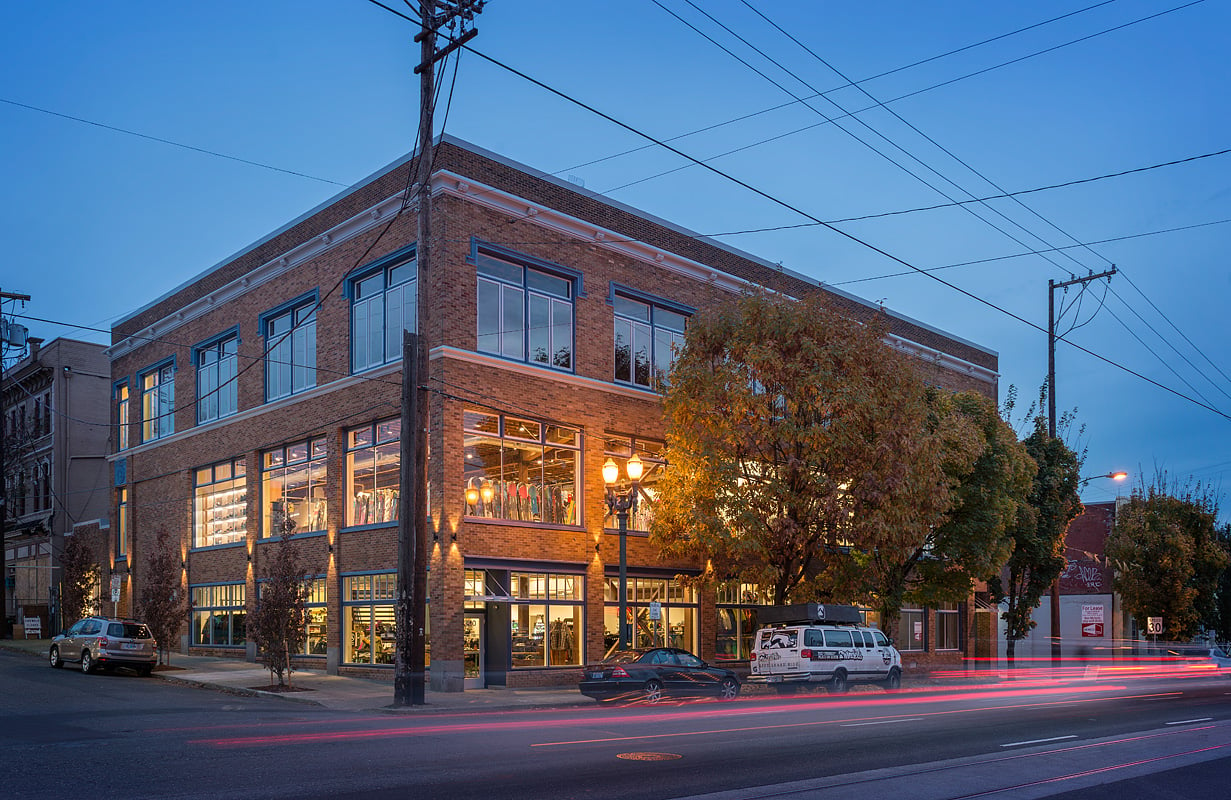In the last few years, mountain bikes have changed in many ways. Wheels are bigger and frames are longer. Head tubes keep getting slacker and suspension more capable. Stems shrank and bars got wider. Components have also improved so you can ride further, harder, more easily. Yet even in this constant evolution, Transition saw some things that hadn't kept up.
Being on the leading edge of bike geometry put Transition in a unique position: one that gave them a sneak peek into what was to come, both great and good. Their Speed Balanced Geometry story is one of mad scientists, obsessed riders, and dogged persistence. It may all sound complex but the result is pretty simple: it makes riding more fun for all of us.

SBG-equipped bikes still feature long reaches, slack head tube angles, and short stems, but with a reduced fork offset and a steeper seat tube angle. This equates to a balance of stability from the longer reach, better small pump compliance from the slack head angle and a more intuitive and natural riding position from the steep seat angle. Most importantly, the reduced offset means your wheel stays under the bike, achieving more direct handling at low speeds and while climbing.
We asked Lars Sternberg, the driving force behind SBG, about its development:
My bike doesn't have SBG, what should I do?
Definitely do not test ride a bike with SBG geometry, because you will want to sell your current bike immediately... Kidding! Honestly, don't sweat it. Most modern mountain bikes work great, and you'll still have a great time on your current bike. The important thing is that you're still riding and enjoying the outdoors and sharing memorable experiences by yourself or with quality friends. If you have the opportunity to test ride one, definitely do it. Riding one of the bikes will help you understand the differences between a bike with SBG and one without far better than can be explained. Visit our website and find a demo dealer, or event near you to check one out!
What drove you to keep pushing for reduced offset forks?
We were already pretty far down the development path of the SBG system when we brought it to the two main suspension companies - Rock Shox and Fox Racing Shox. It took a bit for them to commit to opening tooling for the new parts (understandably), so there was a short time when we had two sets of geometries--one implementing SBG and one without--depending on whether or not they committed. Luckily they both saw credibility in SBG and we were all able to move forward and develop the system.





